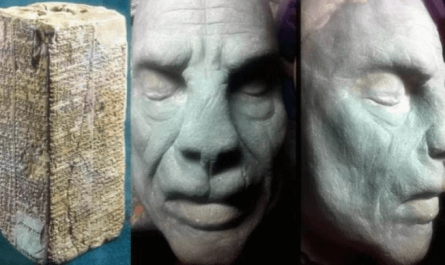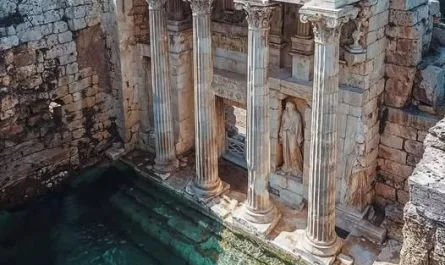High above the rugged valleys of southern Spain, where cliffs meet clouds and legends echo through cobblestone streets, lies Ronda — a city unlike any other. Tucked within the heart of Andalusia, this mountaintop town weaves together breathtaking views, ancient history, and the soul of Spanish romance. Welcome to Ronda, where every stone and shadow tells a story.
🌉 Puente Nuevo – The Bridge Between Worlds
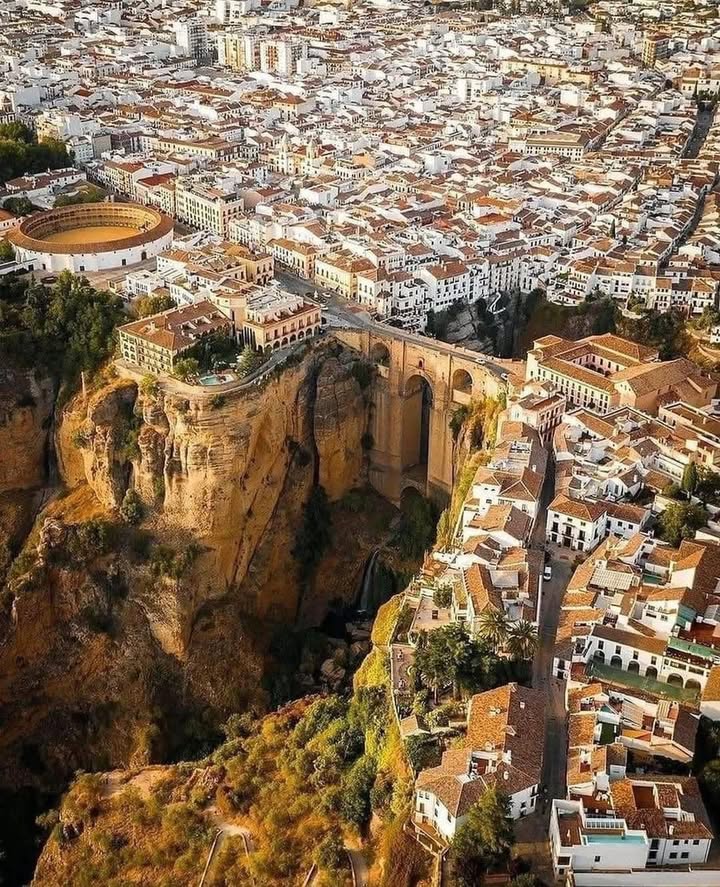
Perhaps Ronda’s most iconic sight is the Puente Nuevo (“New Bridge”). Spanning the dramatic El Tajo gorge, this 18th-century engineering marvel connects the city’s old Moorish quarter with its newer districts. Rising nearly 100 meters above the canyon floor, the bridge offers sweeping views that seem to hang between heaven and earth.
Beneath the bridge lies a secret chamber once used as a prison — adding a layer of mystery to its majestic form. Standing atop it, with the Guadalevín River carving through stone below, it’s easy to believe in magic.
🕌 A Legacy of Moors and Monarchs
Ronda’s history stretches back to the Romans, but it flourished under Moorish rule, leaving behind architectural treasures that still grace the city today. The Arab Baths (Baños Árabes) are among the best preserved in Spain, and the Moorish city walls still guard the past with quiet dignity.
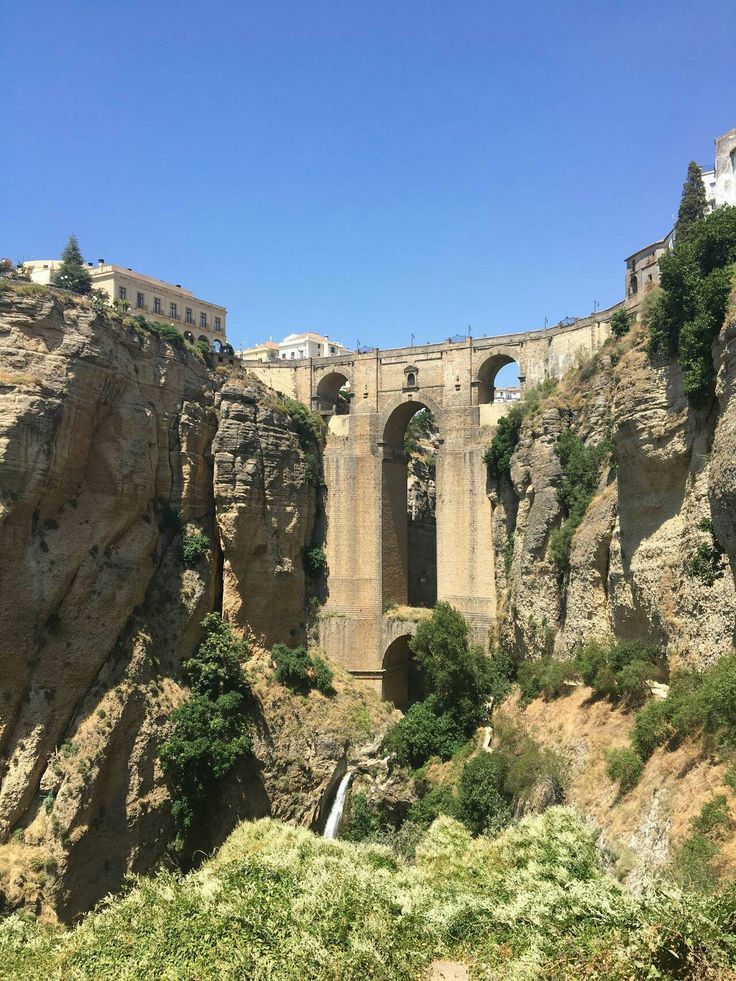
Wandering through the narrow, winding streets of La Ciudad (the old town), visitors encounter arches, tiled courtyards, and whitewashed homes — all echoing the artistry of Al-Andalus.
🐂 Birthplace of Modern Bullfighting
Ronda is also home to one of the oldest and most revered bullrings in Spain — the Plaza de Toros, built in 1785. It is here that the art of modern bullfighting was refined by the famous Romero family, turning combat into choreography.
Whether or not you’re a fan of the tradition, the bullring’s neoclassical beauty and its museum offer a compelling glimpse into Spanish cultural heritage.
✍️ Inspiration for Artists and Poets
Writers such as Ernest Hemingway and Orson Welles were drawn to Ronda’s passion and raw beauty. Hemingway described it as a place where you could “learn to live and love and then die.” Welles had his ashes scattered here — a lasting tribute to the city’s emotional pull.
It’s no surprise that Ronda has inspired generations of poets, painters, and travelers seeking something timeless and true.
🌅 Sunsets and Soul-Stirring Views
As the sun dips below the Serranía de Ronda mountains, the golden light spills over cliffs, rooftops, and olive groves. The views from the Alameda del Tajo and Casa del Rey Moro gardens are simply otherworldly.
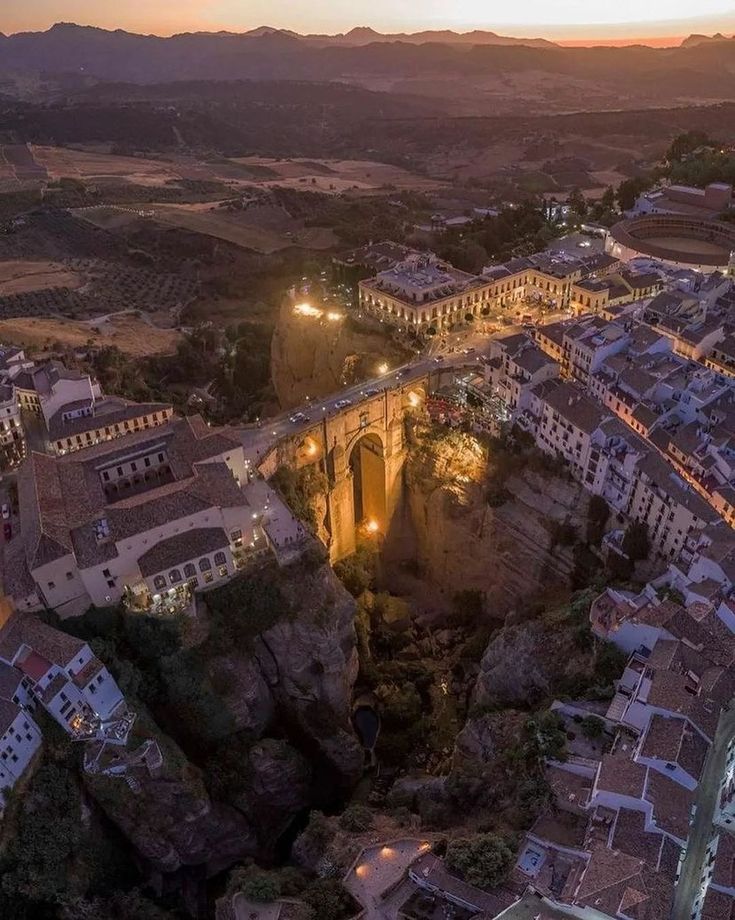
At twilight, when the bells toll and shadows dance on ancient walls, Ronda doesn’t just feel historic — it feels enchanted.
🎒 Tips for Visiting Ronda
-
Best time to visit: Spring or fall for comfortable weather and fewer crowds.
-
Must-see spots: Puente Nuevo, Plaza de Toros, Arab Baths, La Casa del Rey Moro.
-
Try local dishes: Rabo de toro (oxtail stew), berenjenas con miel (fried eggplant with honey), and a glass of Ronda’s own red wine.
🧭 Conclusion
Ronda is more than just a beautiful town — it’s a journey through time, a bridge between cultures, and a reminder of Spain’s rich and mystical soul. Whether you’re a history buff, a romantic, or a curious traveler, Ronda will leave you breathless — and dreaming of your return.

